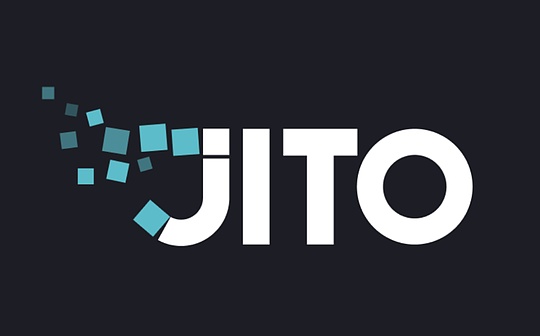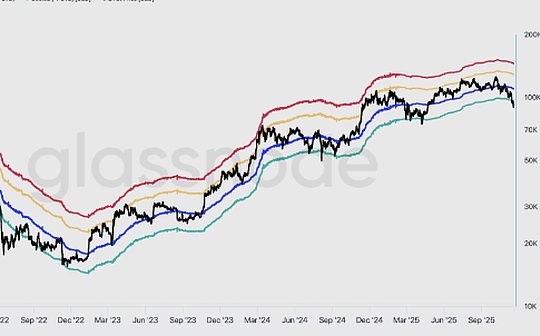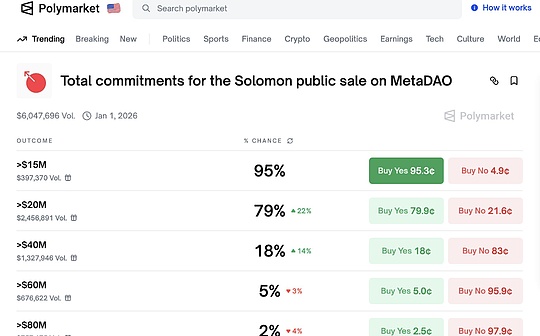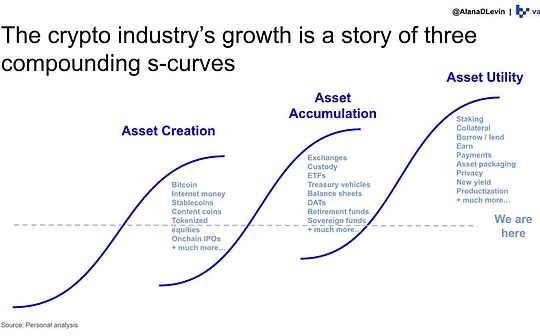
The staking platform is an entrance and channel for users to participate in digital asset pledge.Since Ethereum upgraded from the PoW consensus mechanism to the PoS consensus mechanism, the staking platform has also gained a wave of new attention and attracted a large number of new users to participate.
From the perspective of pledge purposes, there are currently two common pledge platforms: one is a liquid pledge platform that helps users participate in the PoS mechanism blockchain network; the other is a DeFi protocol project platform that provides regular digital asset pledge services.The two types of platforms may be very similar in service models and usage methods, and both can help users enhance asset liquidity, but the ultimate purpose of the design of the protocol architecture and the pledge service are different.
For the “staking” mentioned in the former, this is a mechanism for maintaining network security on the PoS mechanism blockchain network. Users can obtain asset rewards by participating in the staking of the Pos mechanism blockchain network, and this reward,It aims to encourage users to maintain the integrity and security of blockchain networks by participating in staking.
For the “staking” mentioned by the latter, this is an asset service provided by the DeFi protocol project platform – users lock the digital assets they hold in the smart contract of the DeFi project, aiming to obtain the digital assets they hold for the digital assets they hold.Further profits are to obtain interest.
It is worth noting that for conventional digital asset pledge services, different DeFi protocol projects can support different types of assets to participate in pledge, and even pledge NFTs.However, a pledge platform designed to help users participate in the verification of PoS mechanism blockchain networks usually accepts the participation of established, single asset type in pledge.

Recently, many information platforms have selected the list of pledge platforms worth looking forward to in 2024 based on indicators such as transaction functions, user participation, asset aggregation, platform availability, security, and rewards. The list is more frequent among different lists.High pledge platforms include:
Lido
LidoIt is the largest liquid staking platform with assets today. It has locked in the total market value of assets (TVL) of more than US$14 billion, and supports participation in the staking of blockchain networks with PoS consensus mechanisms such as Ethereum, Polygon and Solana.
Rocket Pool
Rocket PoolIt is a decentralized liquid staking platform that supports and focuses on participating in Ethereum staking.It has developed intelligent node software, provides license-free agreements, and supports users to freely choose to become node operators (i.e., verifiers).
Coinbase Prime
Coinbase PrimeThe total market value of locked assets (TVL) has now exceeded US$2 billion, supporting participation in Ethereum staking.
EigenLayer
EigenLayerIt’s well-knownRe-pledPlatform, supports and focuses on participating in Ethereum staking.From the perspective of pledge purpose, it is also a liquid staking. Currently, more than 600,000 pledged ETHs are entrusted on Eigenlayer.
Stader
StaderIt is a comprehensive staking platform that supports multiple blockchains, supports participation in staking activities of blockchain networks such as Ethereum and Polygon, and also links more than 40 DeFi projects with regular digital asset staking services, which are now locked in.The total market capitalization of assets (TVL) exceeds US$124 million.
Tenderize
TenderizeIt is a DeFi protocol project platform that provides regular digital asset pledge services. It supports multiple digital assets to participate in pledge services. Users can obtain interest and participate in other free transactions using alternative assets obtained through pledge.

The above-mentioned pledge platforms cover a variety of pledge service models, including liquid pledge (including re-pled), centralized exchange pledge, pledge pool pledge of DeFi protocol projects, etc., but the asset scale locked by liquid pledge is stillmaximum.Since Ethereum completed the merger and change of the consensus mechanism on September 15, 2022, most of the pledges of digital asset ETH have been completed through third-party liquid staking platforms so far.
Thinking about the next step of pledge platform
Ethereum pledge is facing serious centralization problems. Pledge platforms such as Lido and Coinbase, which rank among the top in asset size, have almost accounted for more than half of Ethereum pledged assets.
On March 21, 2024, Ethereum founder Vitalik Buterin reiterated the centralized risks faced by Ethereum staking at ETHTaipei event, and explained in his event speech that Barnabe Monneau of the Ethereum Foundation in February 2024A new concept is proposed: Rainbow staking (Rainbow staking), in order to cope with the growing centralization of Ethereum staking.
The core concept of the Rainbow Staking technology framework is to allow various technical agreement service providers to participate as much as possible in differentiated agreement services, thereby increasing the validators who independently participate in staking.quantity.
Through the integration of various protocols, Rainbow Staking hopes to solve two major challenges faced by users who want to participate in the staking: the asset threshold of “32 ETHs are required to participate in the staking” and the technical challenges of “independent operation nodes”.This may also mean that the goal of the new technology framework is to reduce the economic value of existing liquid pledged assets (LSD-type assets) and allow Ethereum pledge to return to the original intention of pledge.
Use digital asset management tools to participate in pledge
At present, if you want to participate in Ethereum staking or DeFi projects more conveniently, you can also directly participate with digital asset management tools (such as blockchain wallets).
As one of the earliest Ethereum wallets to be developed and launched, imToken has always actively participated in the construction of Ethereum’s ecosystem.Users can participate in Ethereum pledge through imToken in two staking schemes: “hosted staking” and “unmanaged staking” and “unmanaged staking”. At the same time, users can view pledge details at any time and can exit pledge at any time according to their own wishes and needs.








